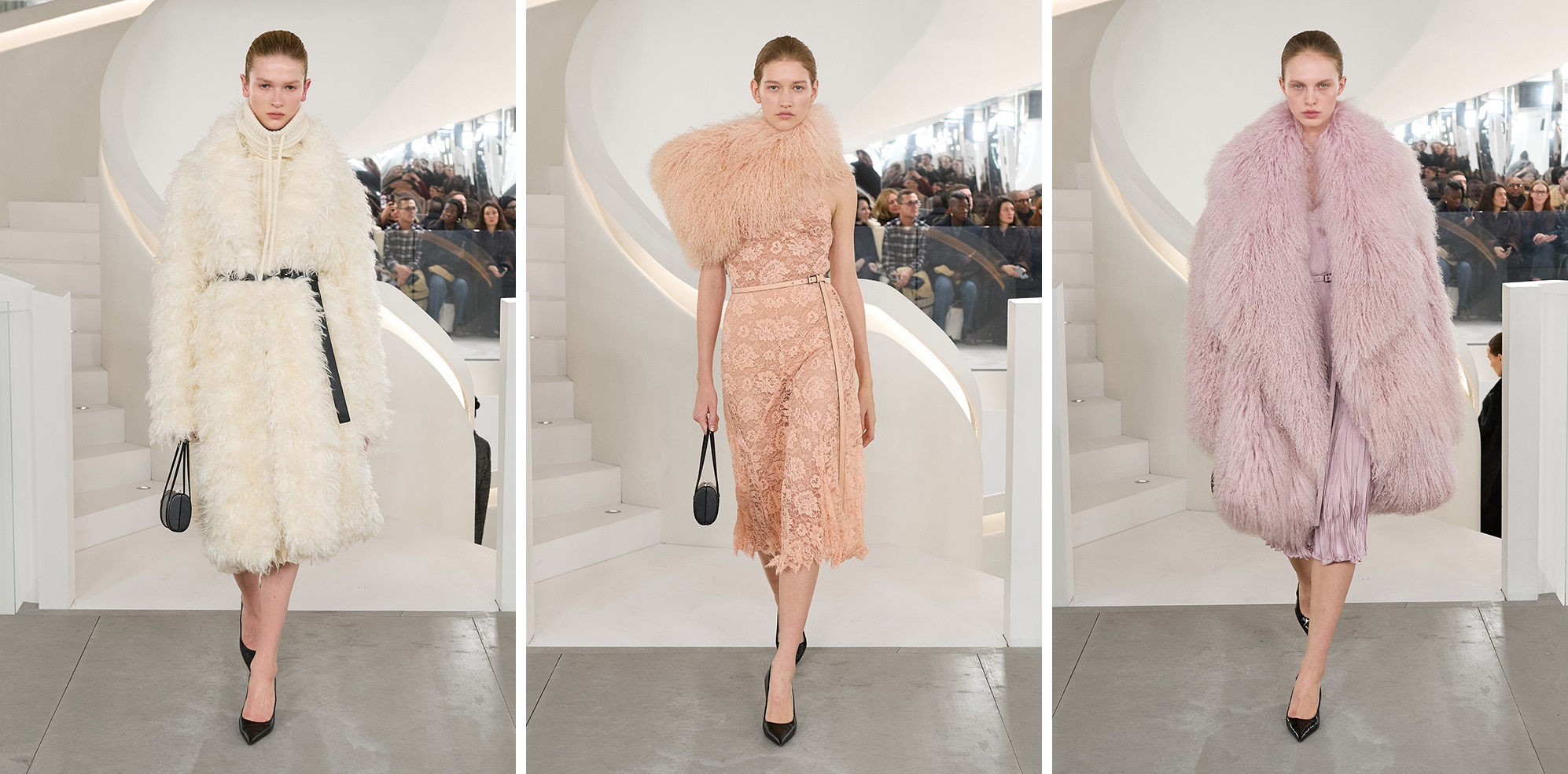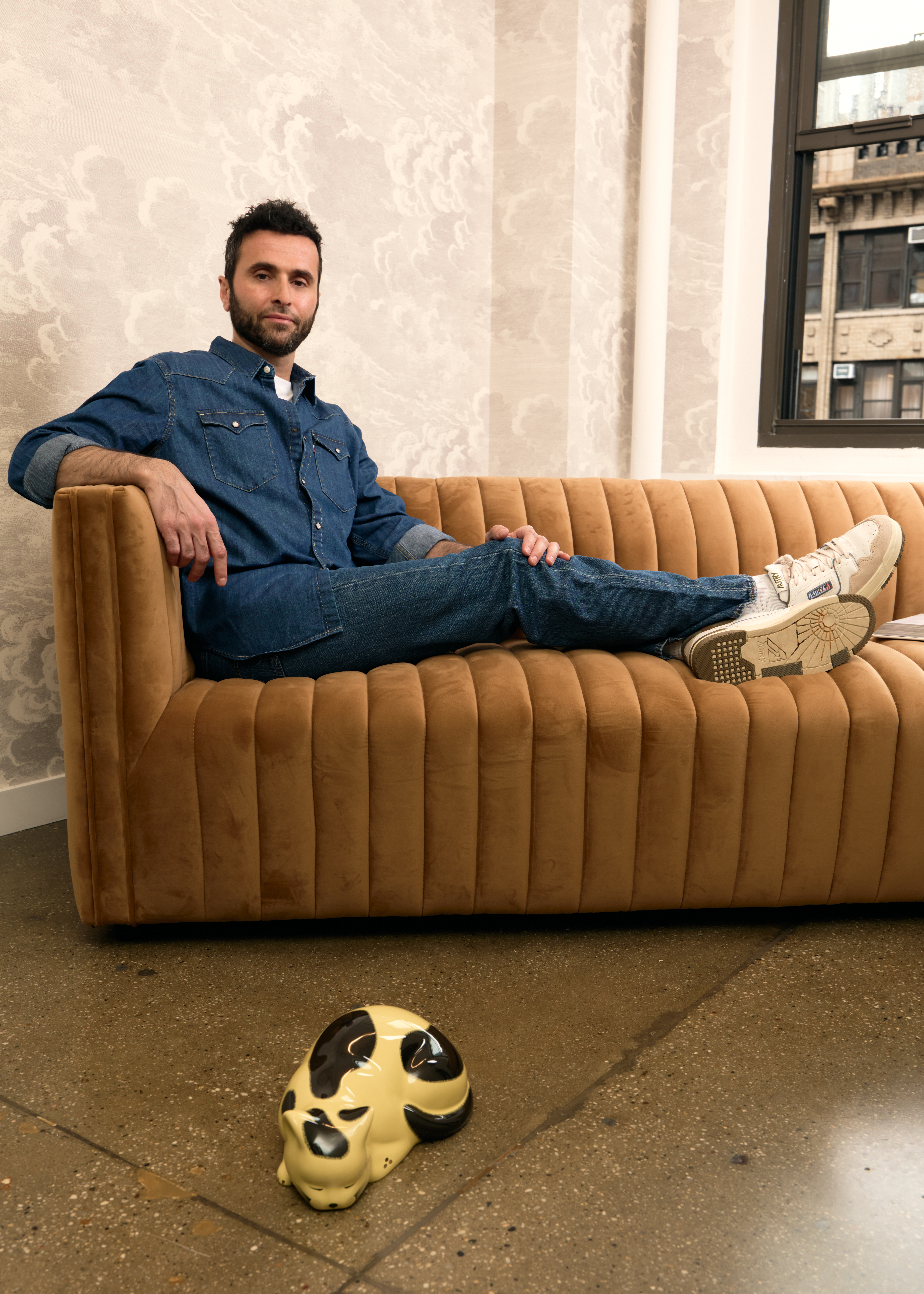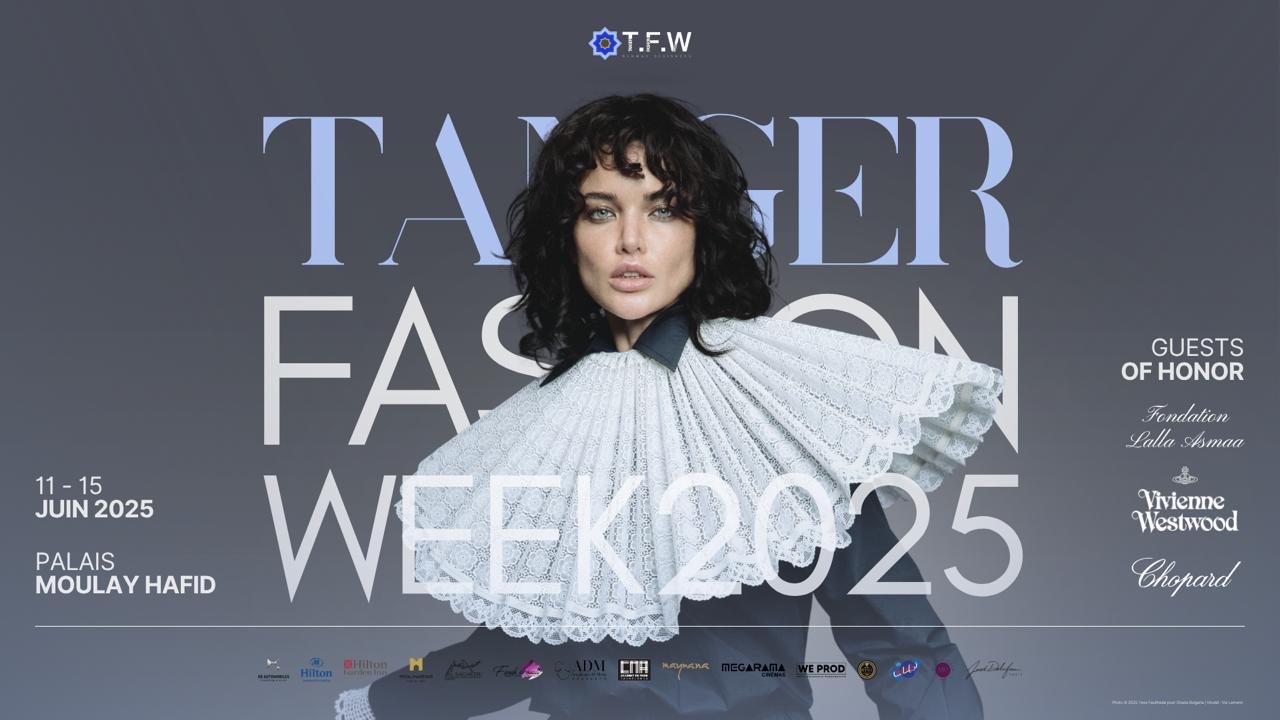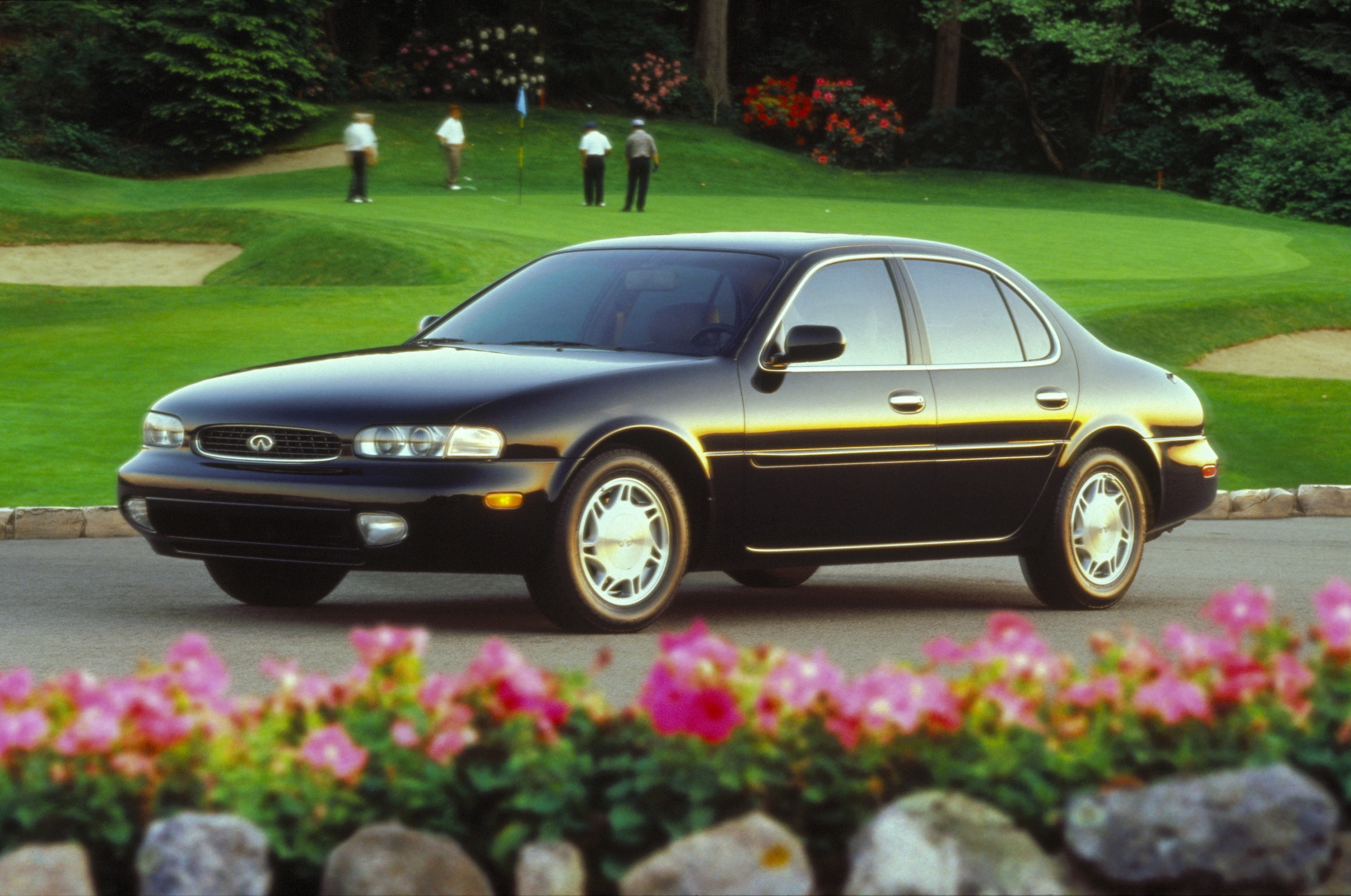
New York-based graphic designer Sari Sandler’s portfolio includes work for iconic brands like Valentino, L'Oréal, Redken, Adidas, Ralph Lauren, and Michael Kors. Known for her bold, innovative visual storytelling, Sandler’s approach has earned her recognition from key industry leaders. Beyond fashion and beauty, she also contributes to social initiatives, including design projects for the United Nations.
L'Officiel Arabia spoke to Sandler about the moments that shaped her creative path, her thoughts on AI and design, and what’s next for her evolving practice.
Delna Mistry Anand: I’d love to start by asking what key moments in your career have defined your creative path?
Sari Sandler: One of the earliest turning points was my debut exhibition at 18, during my final IB art class. I presented a body of work that combined digital and traditional techniques - this blend became the foundation of my style.
Another formative experience was my internship at BBDO, working on an Adidas campaign. It was the first time I saw conceptual design come to life beyond the screen—it shifted my understanding of how design can tell stories.
Equally impactful were the lectures by Doug Scott and feedback from Paula Scher on my thesis. They helped me realize that design isn’t just visual - it’s a language. That idea came full circle during my time at DVF, where I was able to put it into practice within a fast-paced, fashion-centric environment.
Together, these moments shaped more than my skills—they defined my philosophy. I see design as narrative, and aesthetics as intention.
In your opinion, what makes a successful digital campaign in the luxury industry?
Timeless, but never out of touch. A successful luxury campaign sits at the intersection of legacy and relevance. It should feel current while staying true to the brand’s DNA - its history, craftsmanship and perspective.
But at its core, luxury is about storytelling. You’re not just presenting a product—you’re conveying a dream, a feeling, a set of values. The most memorable campaigns tap into emotion—aspiration, intimacy, desire.
Every detail matters: the cinematography, the music, the pacing, even texture. The experience should feel immersive. Personalization also plays a key role—not just in targeting, but in connecting on a human level.
When it’s done well, a luxury campaign doesn’t follow trends—it redefines them.
What digital branding trends do you think will dominate luxury in the coming years?
We’re entering an era where technology doesn’t just support the message—it is the message. AR and VR are becoming powerful storytelling tools - inviting audiences into virtual ateliers, interactive archives, and immersive brand worlds.
AI will push personalization further, creating tailored experiences that echo the intimacy of in-store encounters.
But what excites me most is the emotional and cultural evolution. Today’s luxury audiences aren’t just consumers—they’re thinkers. They want alignment with brands that stand for something. Sustainability, transparency, and values-led design won’t be optional—they’ll be expected.
The strongest brands will be those that marry innovation with emotional intelligence. Tech-forward, yes—but soul-led.
What is your take on adapting brand communication for different cultural contexts?
It always begins with clarity—what’s essential to the brand. From there, I tailor messaging through local lenses: tone, rhythm, symbolism, and emotion.
With a French luxury beauty brand, for example, we emphasized ritual and minimalism in East Asia—where refinement and intentional design speak volumes. In the Middle East, we leaned into opulence, legacy, and craftsmanship.
The magic lies in finding emotional universals—like desire, nostalgia, or timelessness—and expressing them differently across cultures. In one region, timelessness might feel like heritage; in another, bold reinvention.
The most powerful campaigns don’t over-explain—they invite personal interpretation. When you leave space for the viewer, global storytelling becomes truly resonant.
How do you see the balance between traditional and digital formats evolving in luxury?
It’s not a shift—it’s a layering. Traditional media—print, film, editorial—still hold prestige. They’re curated and timeless. But digital adds immediacy, interactivity, and personalization.
The best campaigns blur the lines. A film might debut in a gallery, then evolve into a narrative on Instagram. A printed editorial could inspire a VR exhibit.
It’s about orchestration. Combining mediums adds emotional complexity and dimensionality. That’s where luxury thrives—at the intersection of depth and surprise.
What’s next for you, and what kinds of projects do you dream of working on?
I’m craving more tactile, collaborative work—art direction, spatial design, creative environments that people can physically experience.
I’m also developing a personal venture rooted in editorial storytelling, blending CGI, photography, painting, and installation. I’ve always been drawn to the way magazines construct narrative and mood—I want to explore that more freely.
Ultimately, I’m drawn to projects that defy categorization—work that blends art, culture, and tech. I’m less interested in job titles and more in creative freedom—the kind that lets you tell the stories you didn’t know needed to be told.
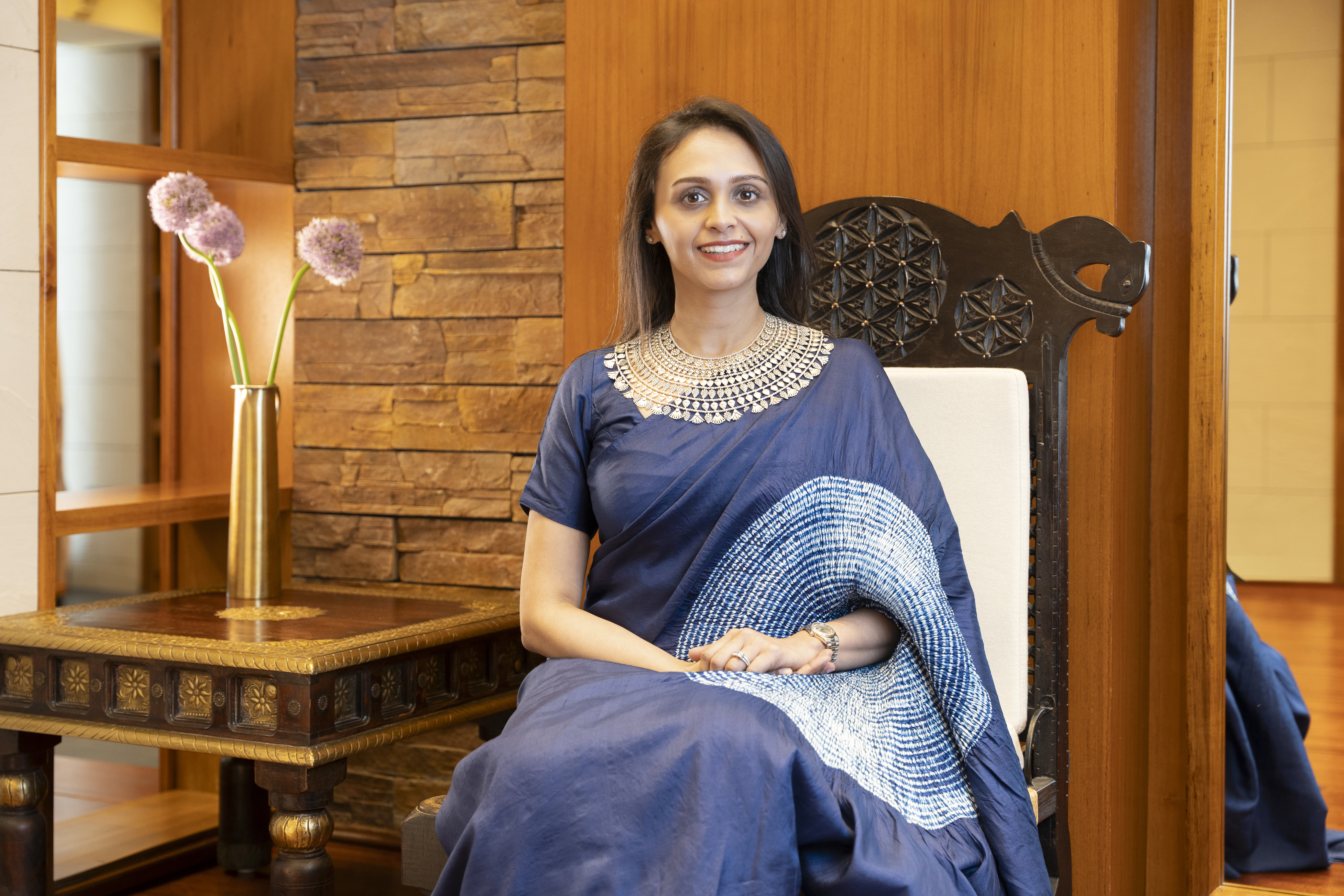
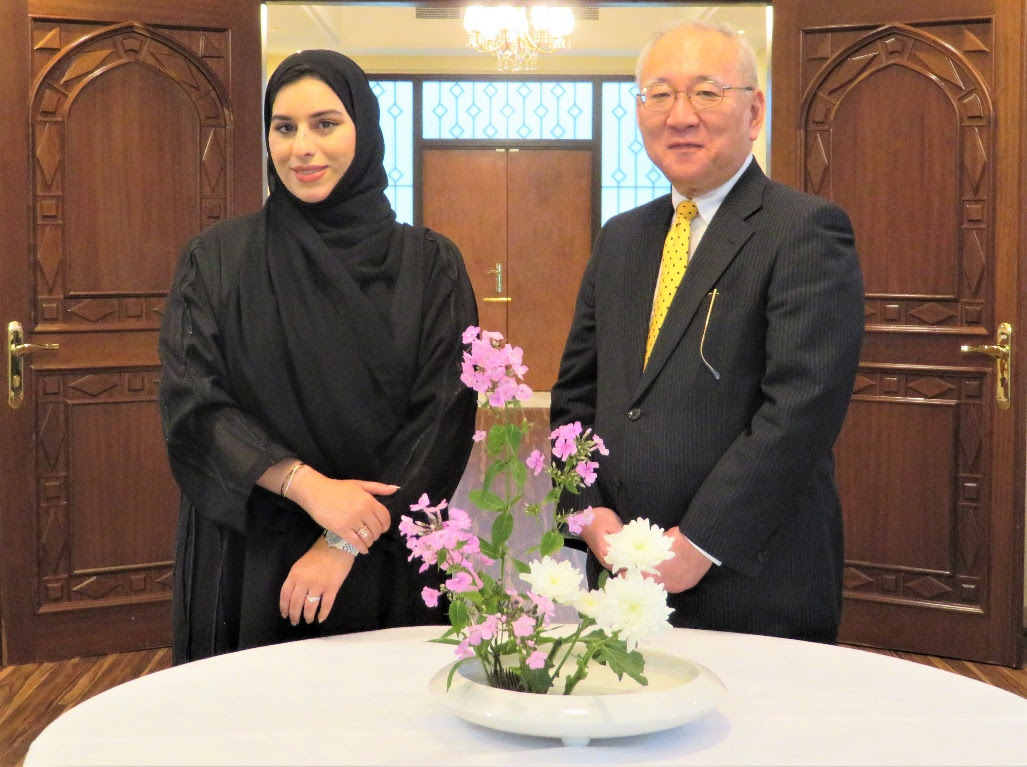
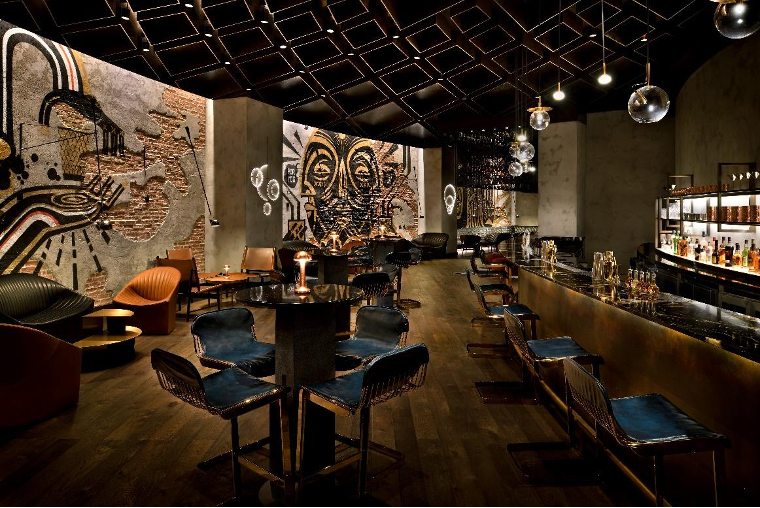

.jpg)
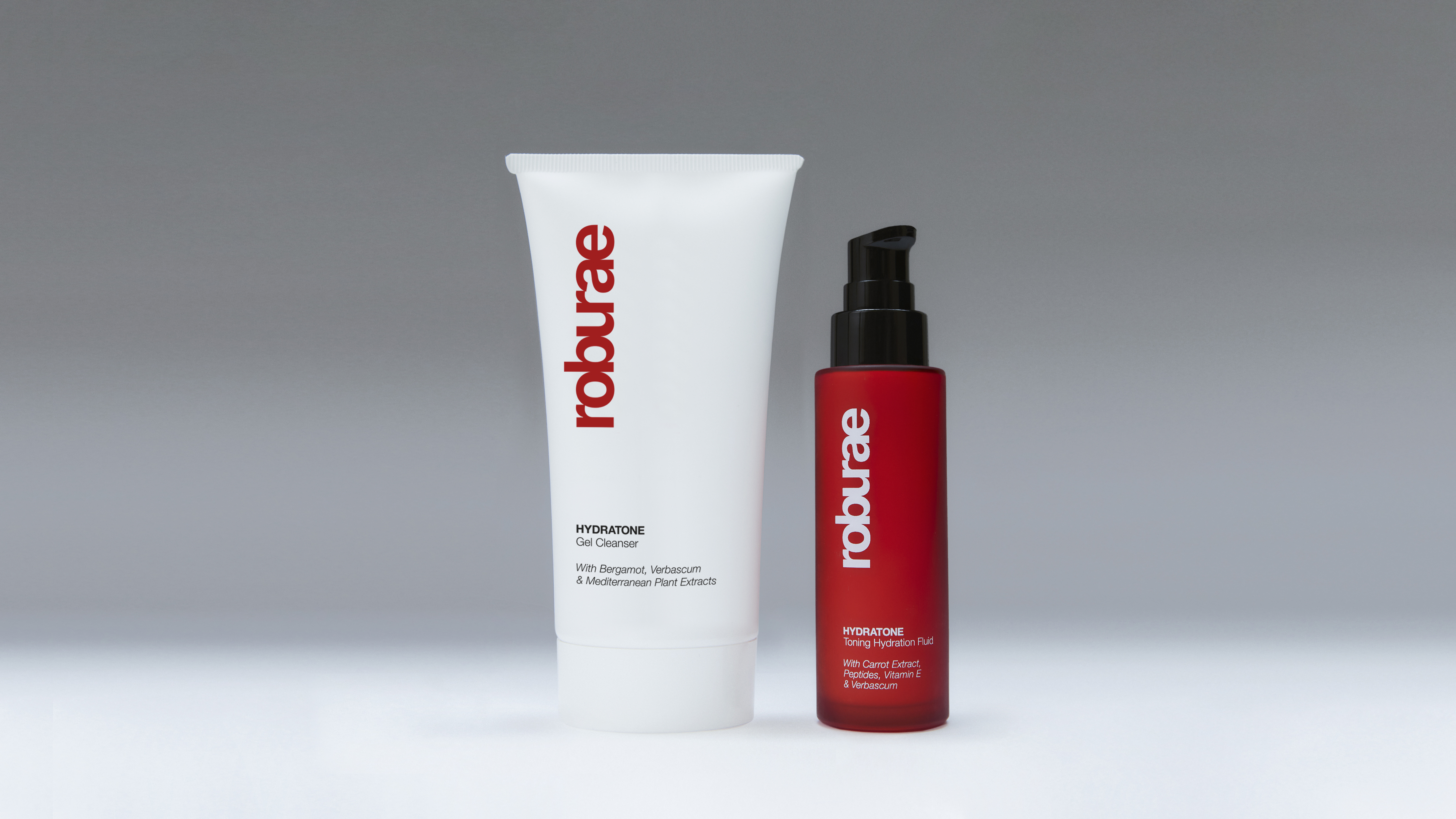
.jpg)
